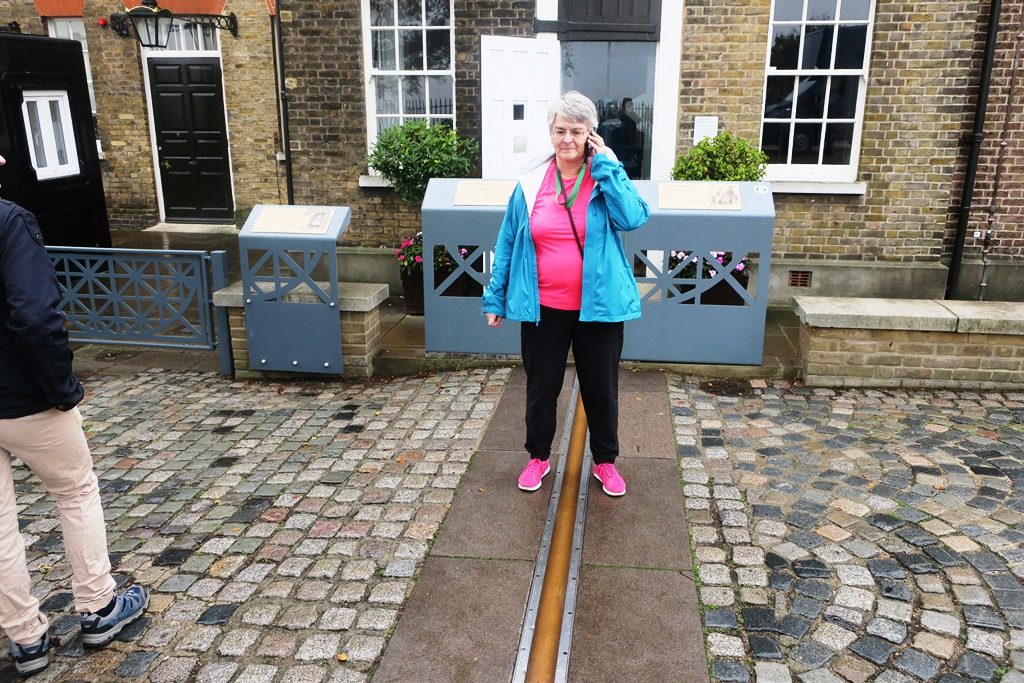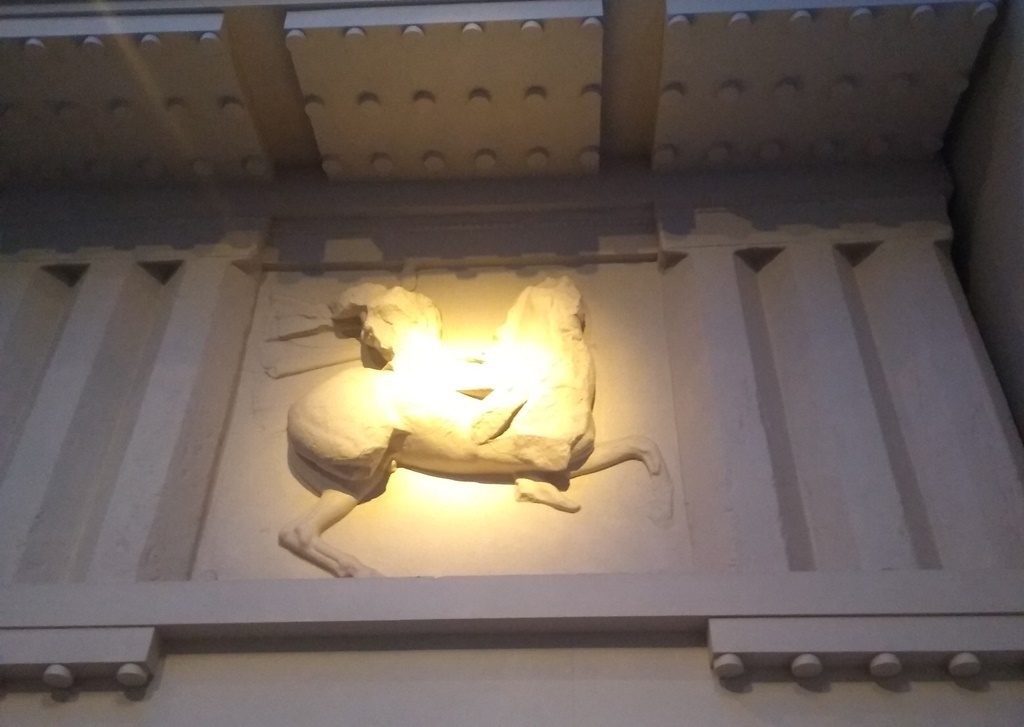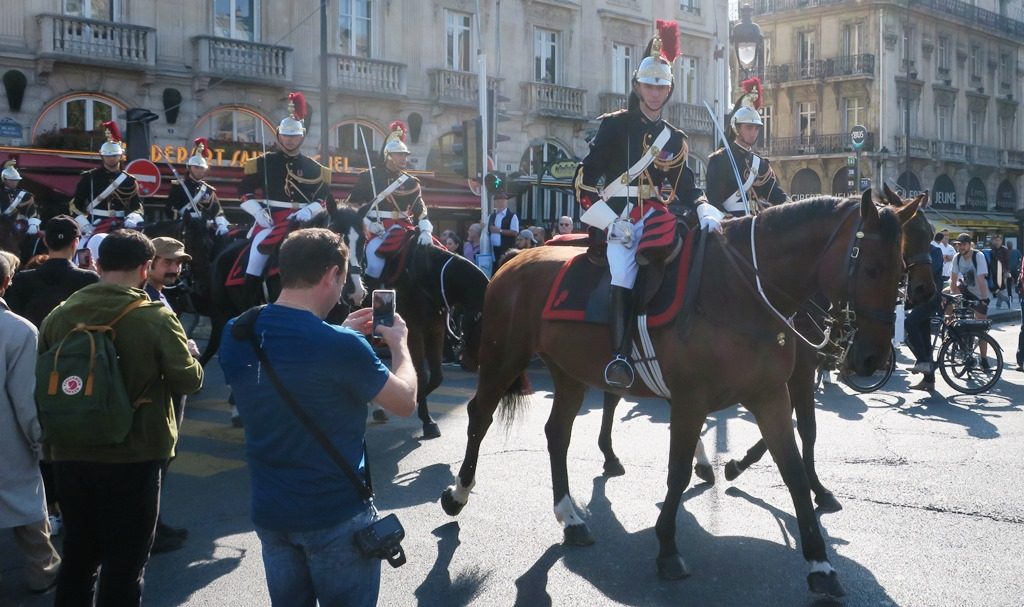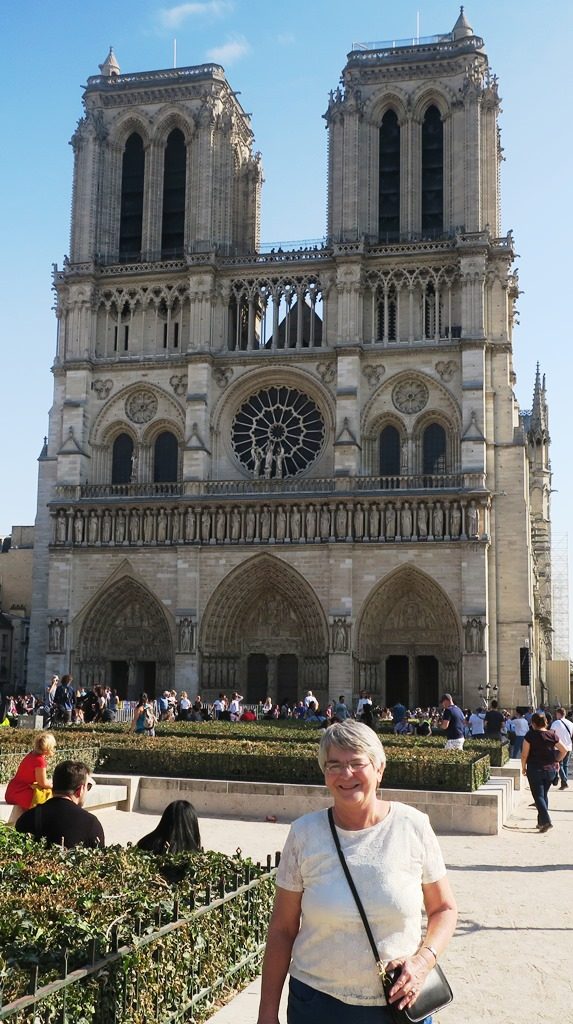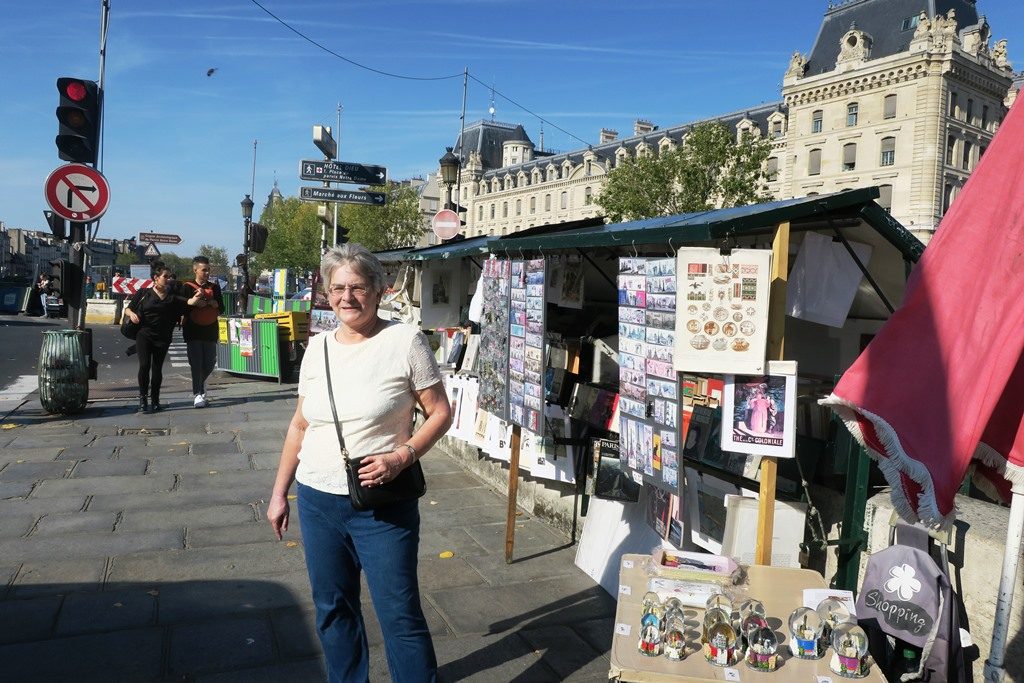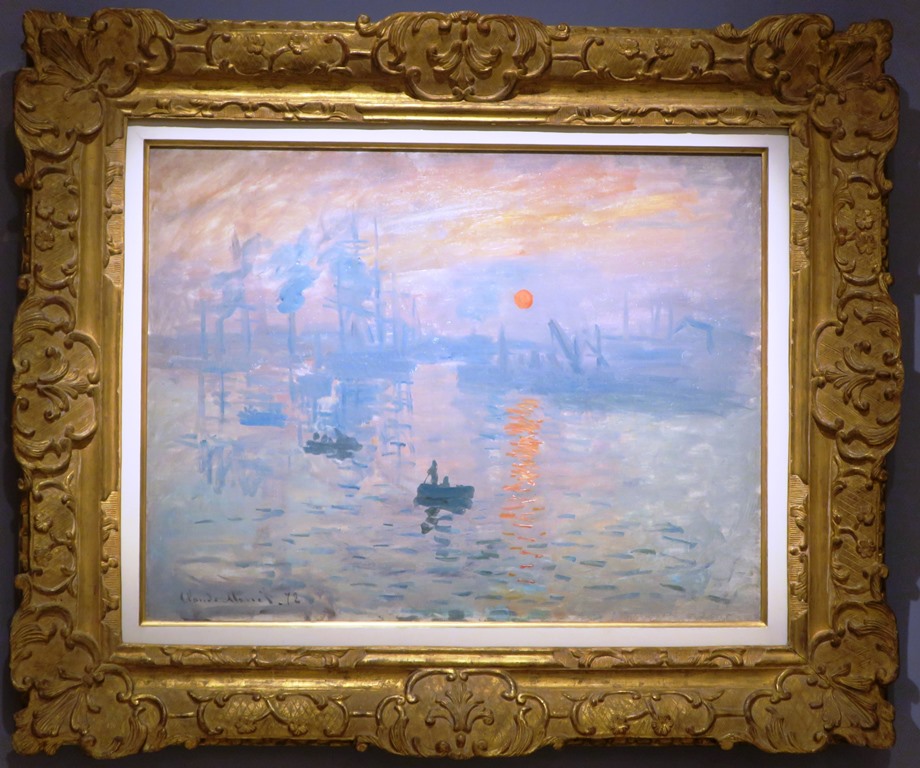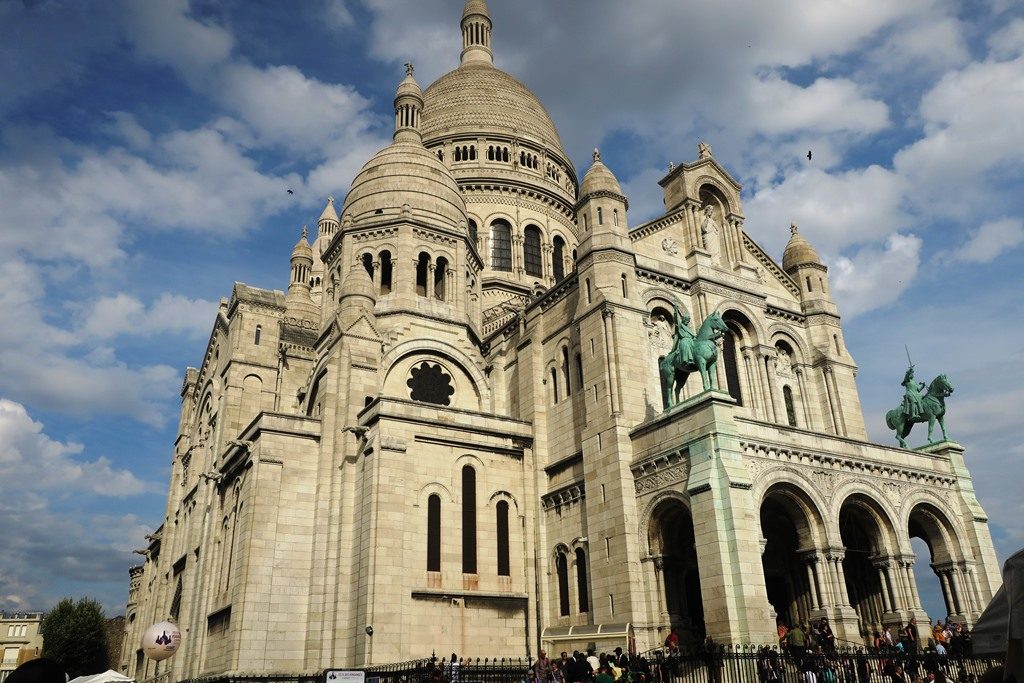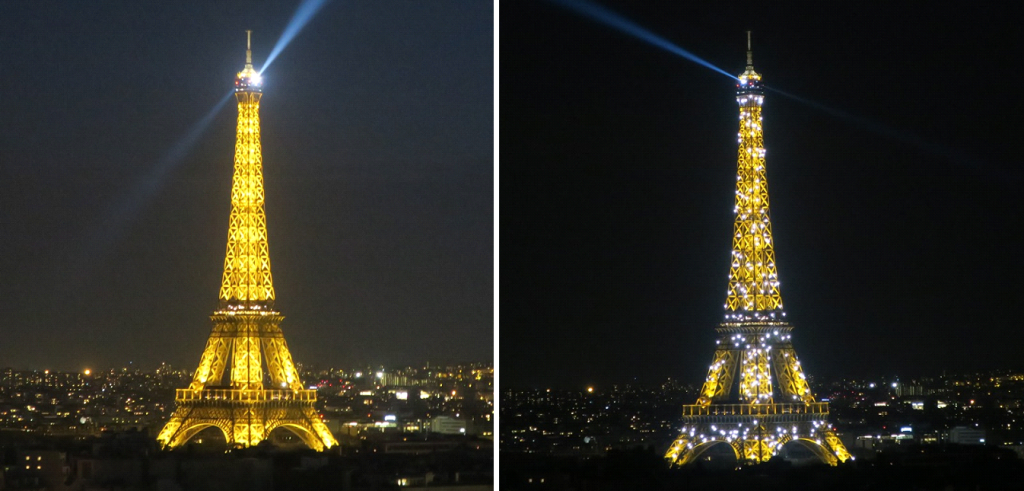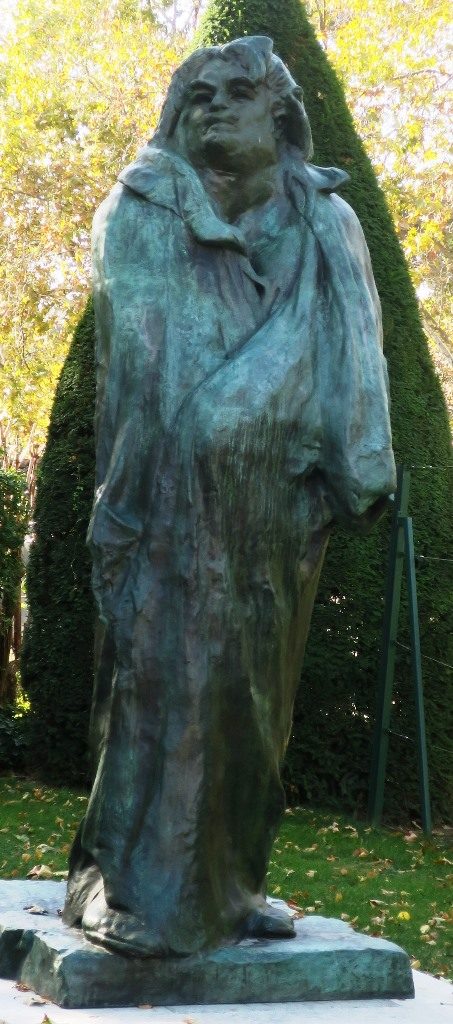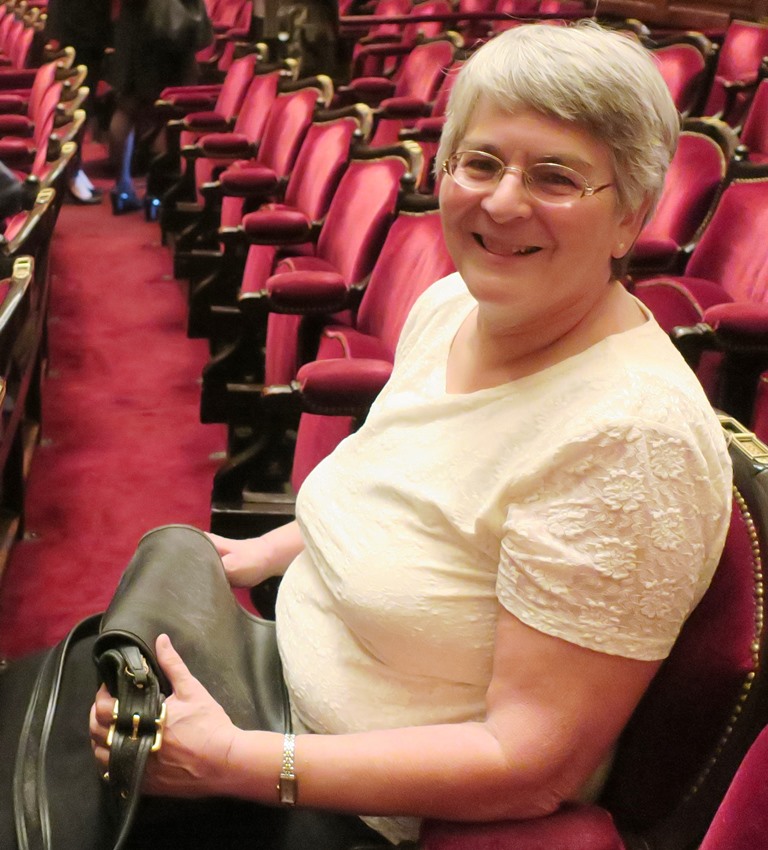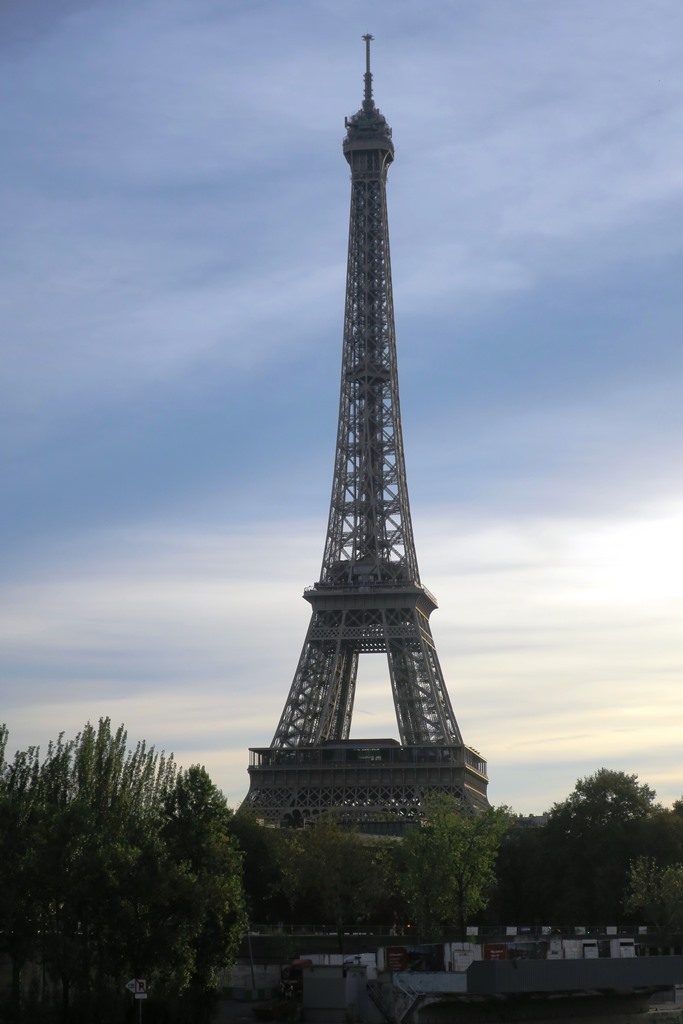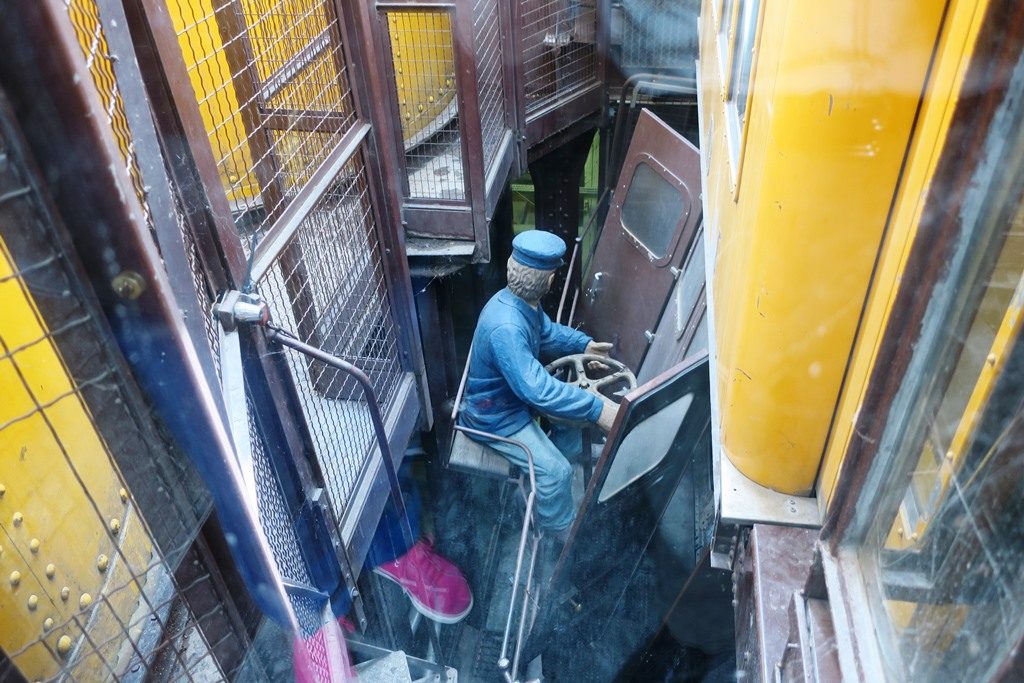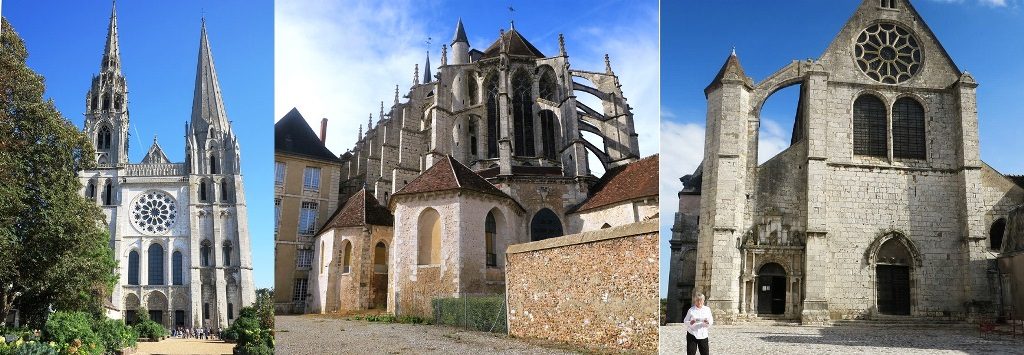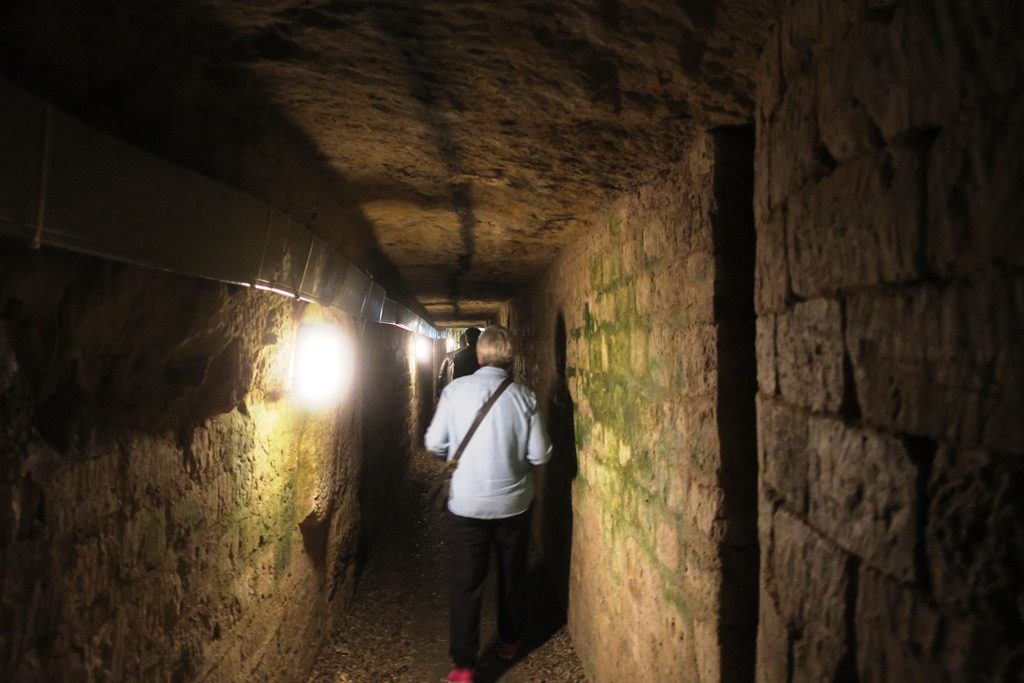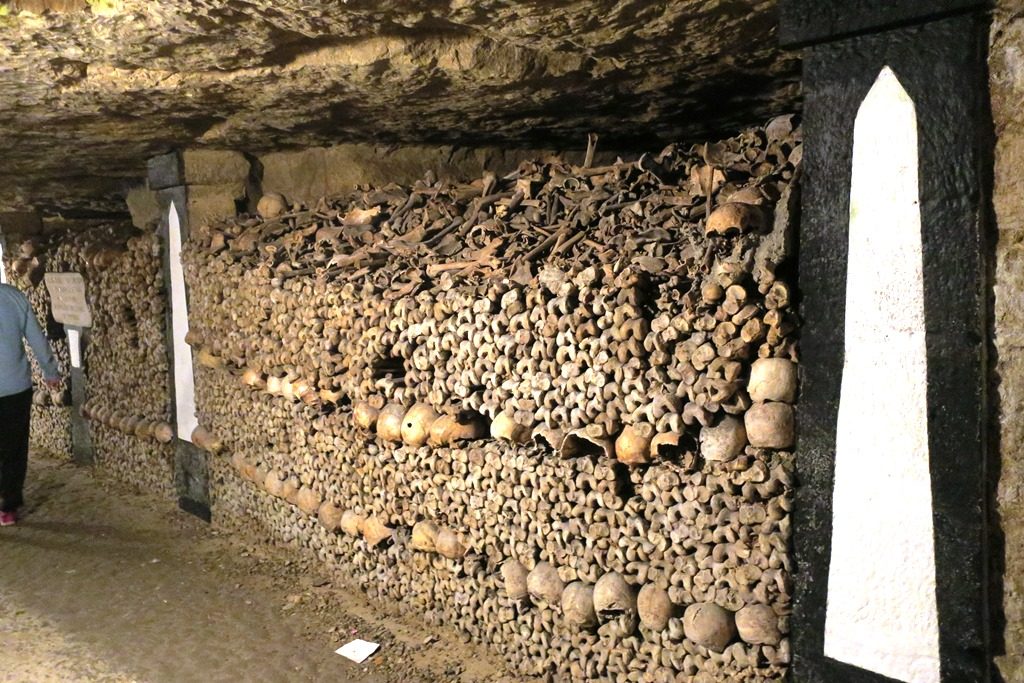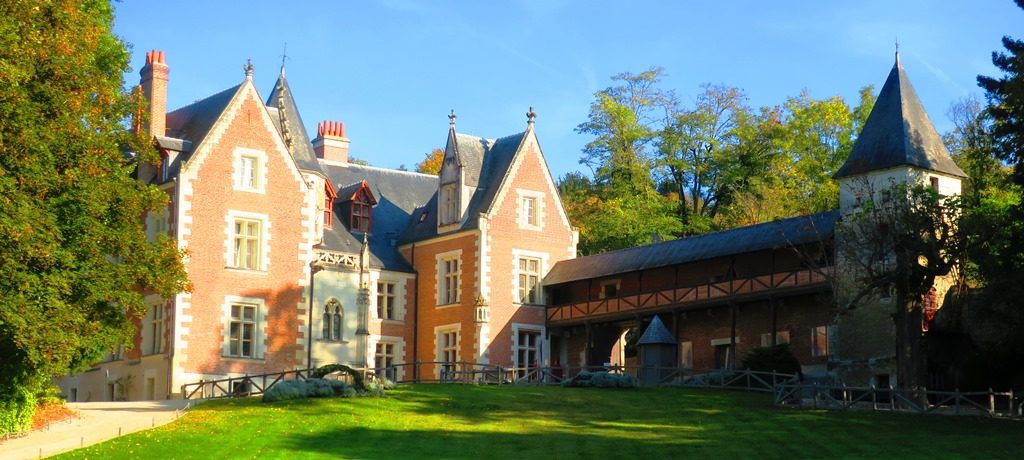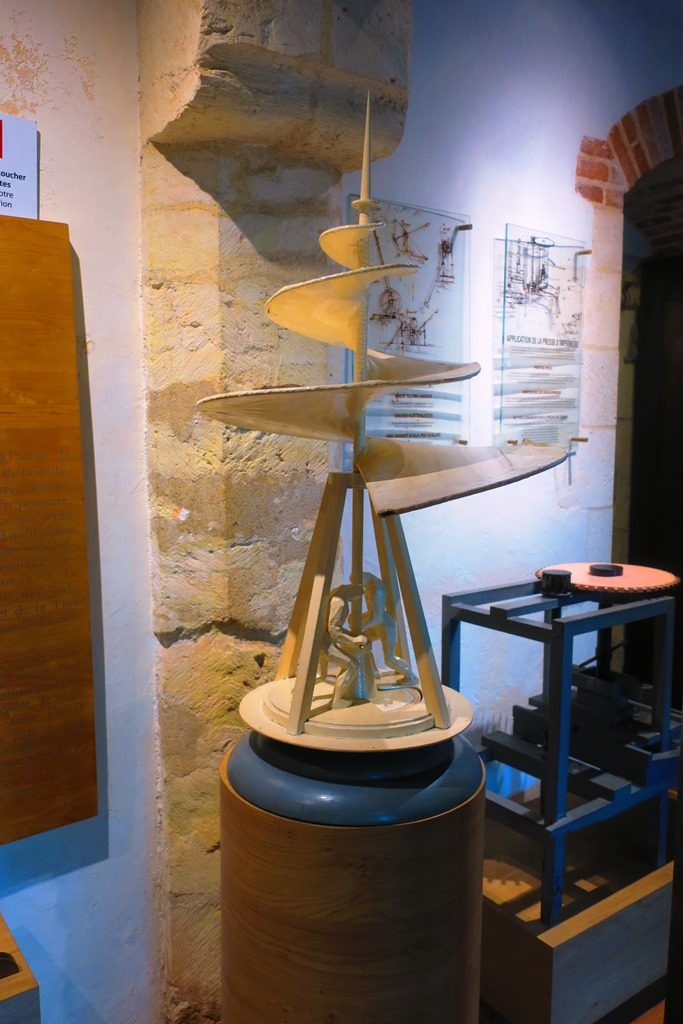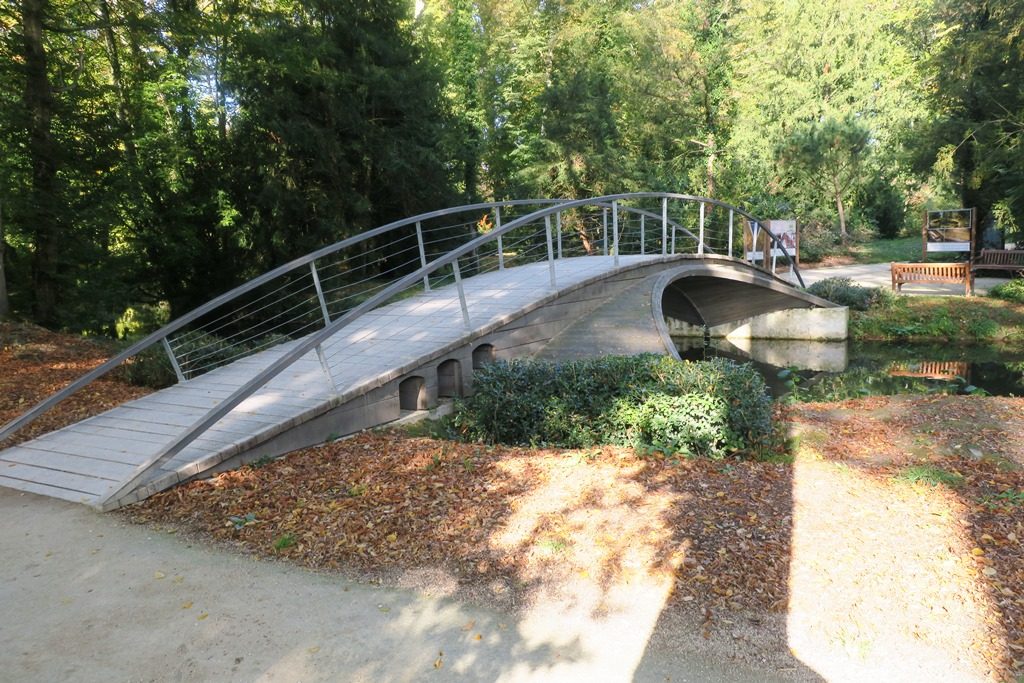We made it home. The cruise was quite nice. In general, I didn’t see a lot of difference between the Queen Mary and other cruises we have had. They all turn your bed down in the evening and tidy the room in the morning. They all have nice dining rooms and evening entertainment. The Queen Mary excelled at having a lot of public areas for the number of passengers. That’s a good thing, because we were all on the ship for a week with no opportunity to go ashore. And the 3:30 tea was very nice.
Transfers between London and the ship, and between the ship and Amtrak went smoothly. The train to BWI airport left on time and had only a 20 minute delay due to track work. The taxi ride from the airport was a bit of a trip. There was a disgruntled cabby earnestly expressing his dissatisfaction with an imperfect world. Fortunately, he wasn’t our driver.
There’s a lot of stuff to do getting home after a month. We’ve made progress on much of it, but for some reason I’m having trouble moving the things on my list from “started” to “done”. The dishwasher leaks and needs replacement. I selected a Bosch 300 series, visited a couple stores, and ordered one. But if I hold the order until Nov 3, I can save $230. So that’s started but not done. The fan in the bathroom that sparks when turned on was easier than I thought. I was able to wedge a ladder around the toilet and tub. Removing the fan was easy. I found a replacement fan for $120. That was pretty expensive, especially considering I could buy the entire unit new in the box for $12. So I ordered the entire unit. We’ll see if the new fan fits the old box. Started but not done. The front light for my bike is fixed. They just needed me to call them with credit card information for the $8 repair. I thought it was a very reasonable price. When it arrives, that can move that from “started” to “done”. And so it goes.
We had one issue that vaporized into thin air. I get my prescription plan from Maryland as a retiree. Last year, the legislature snuck a provision into a law that took this benefit away from all retirees. Open season started a couple of days before we returned. I was going to have to hunt through all the prescription plans and pick something out. To our great good fortune, somebody sued Maryland and had a federal judge rule that they couldn’t remove our prescription plan benefit this year. We had no idea about it because all three of the web sites I use to get local news aren’t available in Europe. (Actually, an amazing number of US web sites aren’t available in Europe.) When we picked up our mail, the insurance packet had big bold letters on the outside of the envelope indicating we could choose to keep our prescription plan this year. I did a quick web search, and sure enough, it was prominently reported. That issue went directly to “done”.
We have a neighborhood party this evening. I hope this finds everybody doing well.

